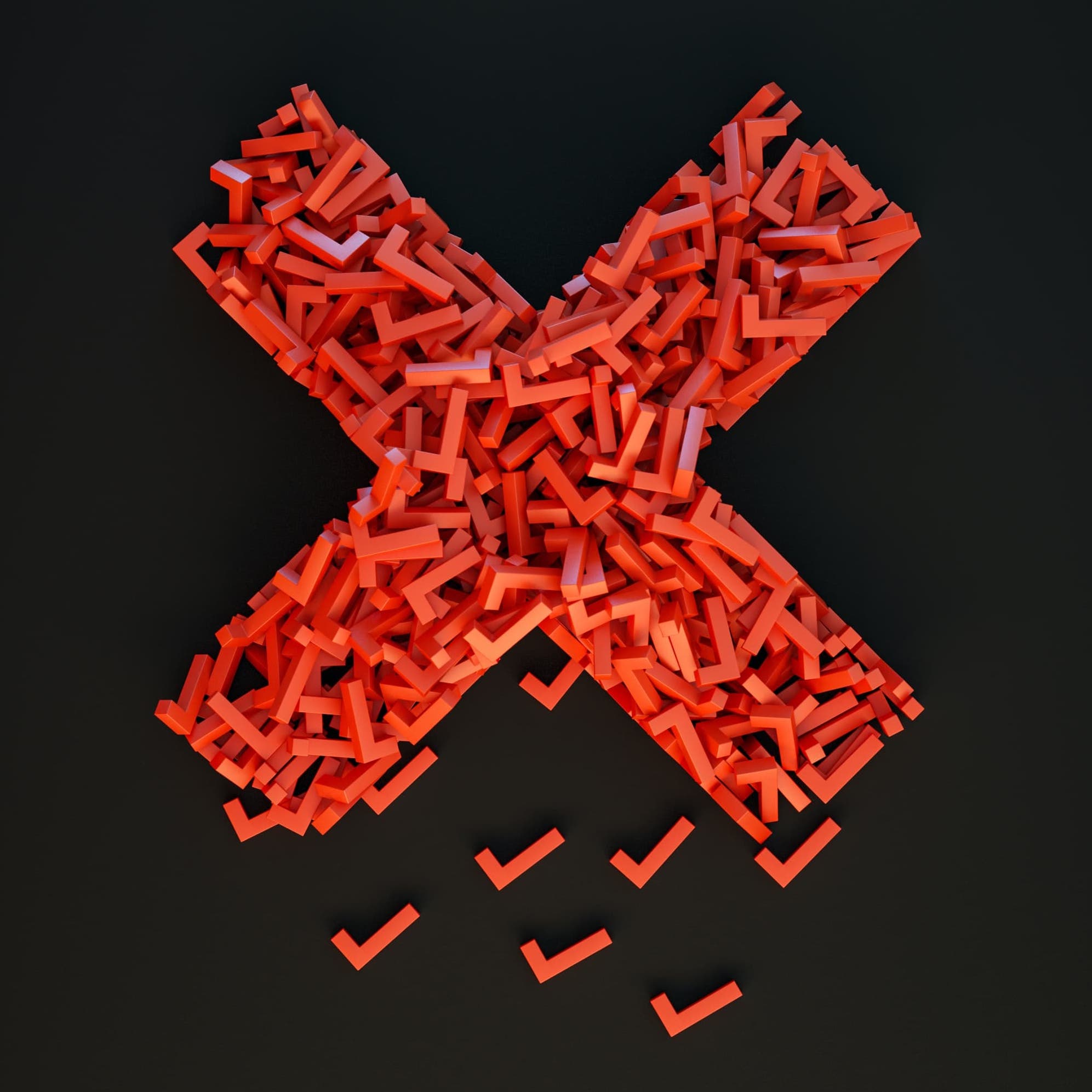The ethologists were the most badass behavioral scientists.
They believed that the behavior of an animal had to be studied in its natural environment. To them, labs were abominations—artificial contexts that were likely to distort the functioning of the animals under study.
They would put on knee-high boots and waterproof knickers, wade into rivers, and traverse ravines… all in the quest of finding and observing animals in their natural habitats.
All of this is a long-winded way of saying: they don’t make behavioral scientists like they used to.
My favorite ethologist in college was Niko Tinbergen. A handsome Dutch gentleman (and Nobel Prize-winner), he came up with the “Four Levels of Analysis”. These are, unsurprisingly, four ways that a given behavior can be analyzed.
Tinbergen’s Four Levels of Analysis:
- Mechanism
- Development
- Function
- Evolution
Mechanism: How does the behavior work? What causes it?
Development: How did the behavior develop over the lifespan of the organism being studied? Is the behavior innate, learned, or some combination? Etc.
Function asks the question: What survival or reproductive advantage does this behavior provide? In other words, how is this behavior adaptive?
Evolution looks at the behavior from a historical point of view. It tries to understand when the behavior arose (in which evolutionary ancestor), the context in which it arose, what it looks like in similar organisms, etc.
I like using these four levels of analysis when I’m thinking about designing a new product or solving a new business problem.
It forces me to look at the consumer or organizational behavior I’m trying to change from a few different angles. Let me show you how this would work with an example: purchasing groceries.
Before I jump into this, let me say that, in practice, I modify the levels of analysis a little bit.
Mechanism pretty much stays the same.
With Development I ask: How has this behavior changed throughout the lifespan of the target user being studied? And has my target user had to do much learning to successfully perform this behavior? Or, does it come naturally?
Function forces me to try and figure out the deeper motivations behind the behavior. Why is my user really doing this? Are they doing it to look cool and attract a mate? Are they doing it to efficiently get calories? Etc.
Then, finally, “evolution” forces me to ask: What are similar/related behaviors that my user is performing? What does the “purchasing groceries” family tree look like? This behavior, for example, is closely related to “going to a restaurant” and “grabbing some snacks from the convenience store”. You get the picture.
OK – let’s quickly run through these levels for “purchasing groceries”.
Mechanism: How does the behavior work? What causes it?
What causes it?
- Customer is prompted to buy groceries because they’re out of an item
- Customer is prompted to buy groceries because they’re hungry
- Etc.
How does the behavior work?
- Customer drives to store, parks car, and goes into store to buy groceries
- Customer orders groceries on delivery app (Instacart) or website (Safeway.com)
- Customer writes out shopping list
- Customer enters store, wanders aisles, puts items into cart—no list, but regular path
- Etc.
Development: How did this behavior develop through the lifespan of the target user?
As a child:
- Went with mom or dad to the store and got to help pick out items
- Went over to friends’ houses. Got to pick what wanted for snack time in pantry
- Food didn’t have a price-tag attached to it, so the shiniest item was always chosen
- Etc.
As a college student:
- Took bus with friends to local grocery store. Got non-perishables like cereal
- Shared fridge and warehouse store membership with roommates. Went to Costco or Sam’s Club once every 3 weeks.
- Etc.
As an adult:
- Purchases groceries from local whole foods.
- Stocks up on big Costco runs every 2 weeks.
- Etc.
Function: Why is my user really doing this?
Survival
- OBVIOUS
- Food is necessary for survival
- Food is an unconditioned stimulus – it’s INCREDIBLY rewarding
- Etc.
Reproduction
- Being well fed and healthy is attractive
- Having plenty of food and being generous with it is attractive
- Etc.
Evolution: What are similar/related behaviors that my user is performing?
Behaviors in the “purchasing groceries” family tree:
- Going to convenience store and buying snacks
- Going to get ice-cream
- Eating out
- Getting take-out
- Getting fast food (drive through)
- Going to a friend’s house for a potluck / to cook dinner together
- Cooking dinner
- Bringing lunch to work
- Cooking dinner / food
- Etc.
As you can see, each of the levels of analysis can be broken down further. You can go really deep.
If you spend the time writing out everything you can for each of these 4 areas, I promise you that you’ll go into your behavior-change project with the most complex view of the problem you’ve ever had. After all, you’ll have a holistic, 4-tier understanding of why the behavior occurs.
You don’t have to thank me. Thank the most suave Dutch ethologist of all–Niko Tinbergen.
If there’s interest, I can talk more about this method in more depth… but I just hit the 850 word mark, and I don’t want to put you to sleep by droning on and on…





